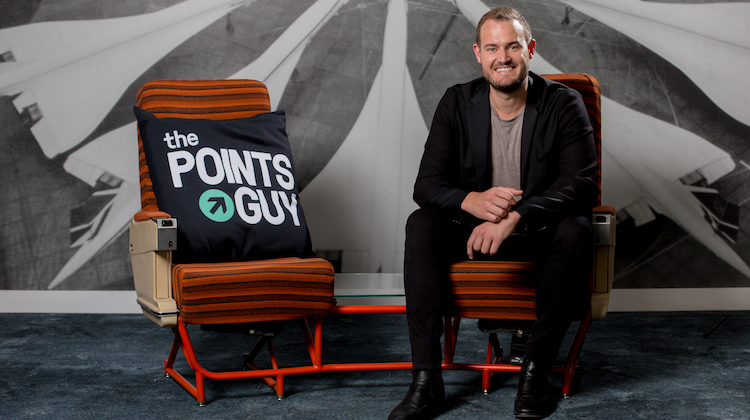Modern Marketing
How The Points Guy became the industry’s best content marketing channel
- It's not clear that content marketing efforts are effective or that millennials want a relationship beyond their financial products
- The Points Guy offers digital investment startups a model for their own "financial education" or "financial literacy" ventures








